Home Hi-Tech Drones and UAVs ,,,,,
Parrot Swing is the latest addition to the Parrot Mini-Drones family, an increasingly leading brand in terms of small and large air and ground robots.
Here at Cyber Layman we have never lacked anything in this regard and we had a lot of fun with the tests of the Mambo, Bebop 2 and Jumping Race Max, just to name the latest in chronological order: Swing, the latest addition, is the most advanced of the mini drone family, with decidedly advanced features when compared to the more classic Mambo or Airbone so as to justify the use of a hardware control aid.
The fun, however, is not lacking, even if some attention is needed, especially at the beginning.
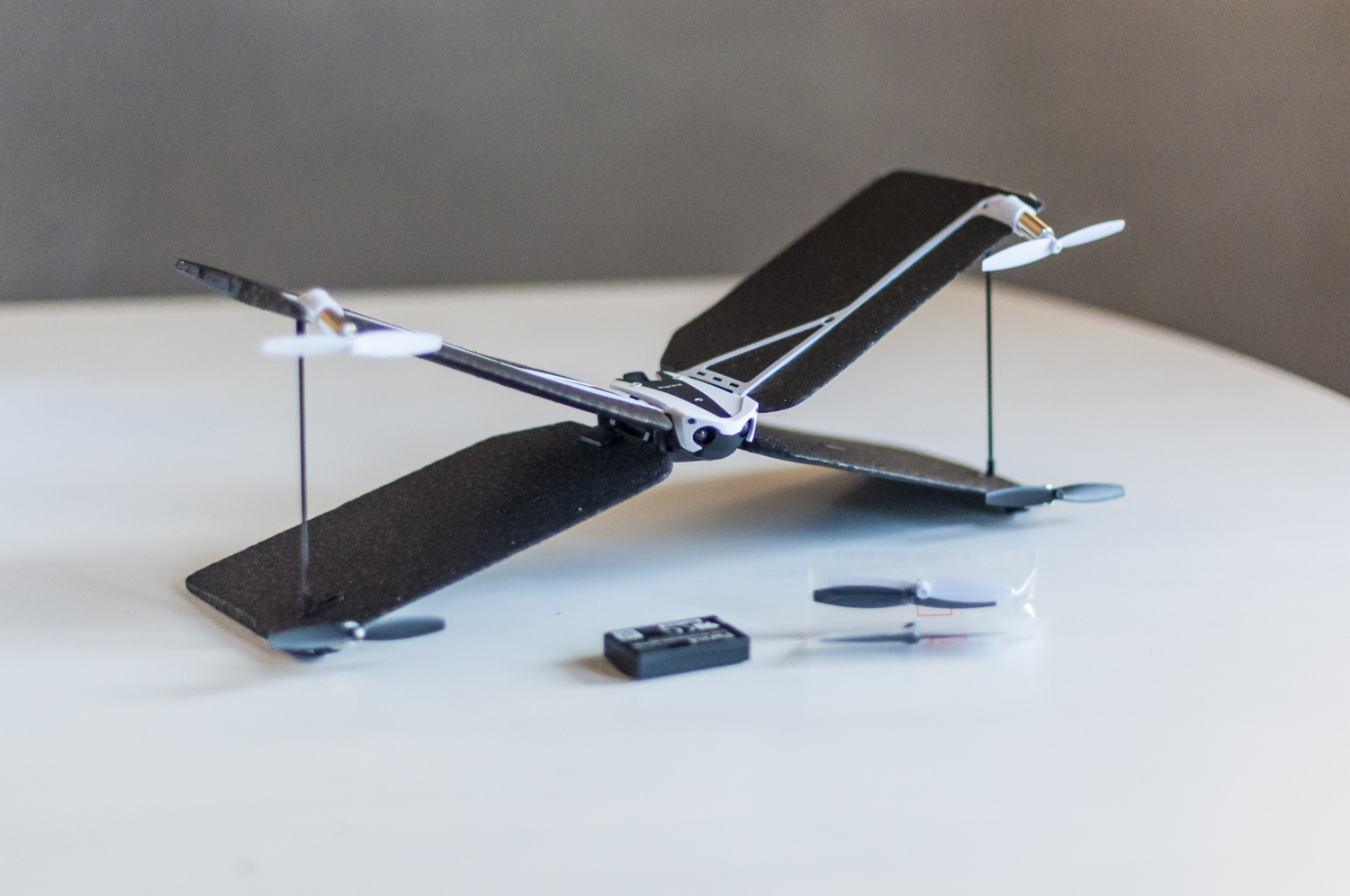
Swing, strange but effective
We do not know much about airplanes, nor about flight aerodynamics, except what we know from the most famous robotics and spaceships show: it is above all for this reason that all I begin the form of the Swing seemed so anomalous to us. We had already seen it at the presentation a few months ago, but when you touch it with your hand, with all the calm to observe the details, the shape seems even more mysterious than it appeared the first time.
Out of the box the drone is very different from the other Parrot mini flying drones: the inside is similar, but the outside is quite another thing, much more open and large and with four square wings, apparently not very aerodynamic, which make the small plane much more like an air robot than a toy. The theory immediately proved valid when we operated the drone in the living room, and evaluated that concretely we would need a larger space.
But let's take it easy: in the package, in addition to the Swing, space also a Flypad, basically a Pad with two Joysticks and some additional buttons which, connected via Bluetooth to a smartphone, allows more precise control thanks to the small knobs.
The connection between the Flypad and the smartphone (in our case an iPhone 6s) takes place through the FreeFlight Mini App for iOS (universal) and Android, with a very effective automation designed to automate all the steps.
Note that Flypad works with rechargeable batteries, but that the autonomy was very long and also very patient, since we subjected the drone to both intense sessions and long moments of pause, in which the Flypad battery never gave up while always maintaining the charge, even for several days.
But back to the drone: the external wings, made of a very light material (but rather resistant, considering all the falls) are anchored to a very light plastic exoskeleton, with four ends at the ends small propellers whose axis converges slightly in the center, this probably to favor the double soul of helicopter and aerial flight.
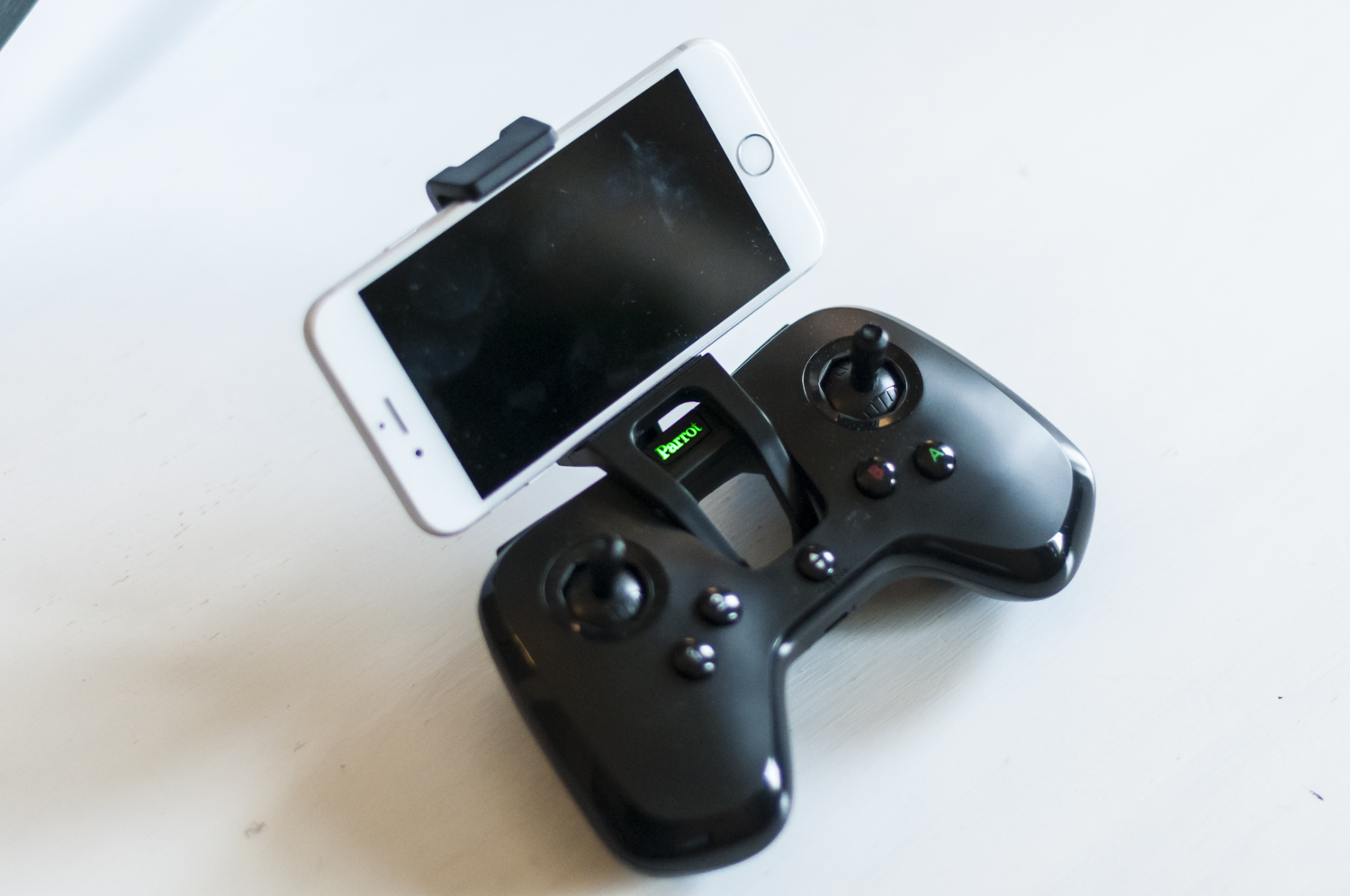
In flight, one speed swing
One once in flight we immediately tried the helicopter mode, first because it is the easiest and most intuitive one, secondly because it is also the obligatory one (as far as we understand) from which you start.
The fundamental maneuvers they are easy to learn, especially if you have tinkered with other drones like us: the small swing has many automatisms for starting, landing, positioning in flight, etc. Given the shape and characteristics, however, although it is possible to use it at home, we suggest an outdoor flight where the little one gives the best of himself.
With the Flypad it is possible, with a button, activate airplane mode and observe how by changing the direction axis slightly, the speed at this point increases dramatically. In airplane mode the drone is more effective, faster, more “bad” if you want in the movements and perhaps even less prone to being tamed, in particular because speed implies clearer decisions. But this is the modality that seemed most interesting to us: flights, splashes, dizziness, in a space of about ten meters or a little more in height and as much as the radio frequency range of the phone allows (about fifteen meters all around).
The maximum speed of 30 Km / h that can be reached in airplane mode seemed to us perhaps a bit optimistic, but the stretch used for the test was really too short to be able to make precise measurements for which we give trust Parrot. What we can say is that the maximum speed is visibly high. And do not worry for surrounding trees or walls, the drone has fallen several times on asphalt, rocks, grass and more (a sign that our flying experience would need further refinement), without ever reporting visible damage.
The only palpable flaw is the battery life of the Drone: the removable and rechargeable battery via Micro USB, has shown less ability to keep the drone in flight than when we used it with the Mambo a few weeks ago. It is quite clear that we are facing a greater consumption of energy. So, like and even more than the Mambo, also in this case we recommend the purchase of an additional battery, because data in hand, with an intense use of the Swing the duration did not exceed ten minutes.
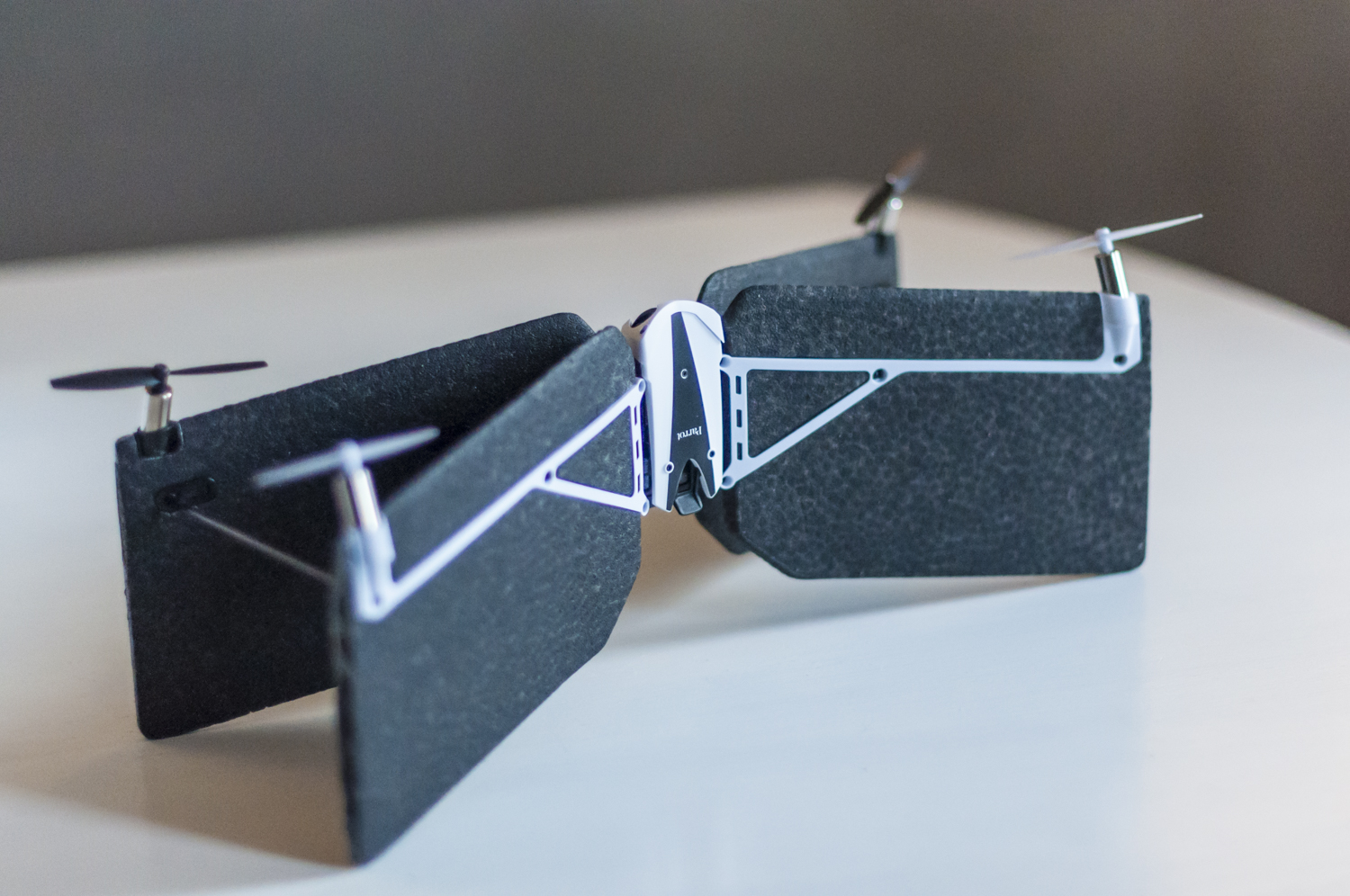
Top Gun
Compared to the other drones of the minidrones family, in the opinion of the writer Swing is by far the most fun (limited to air drones), the most controversial in driving and also the most efficient when showing it to friends and family.
Driving is quite easy as long as you resign yourself for about ten minutes to see the drone crash into walls and floors with an iron method, and then normalize and let yourself be dominated. We make these considerations taking into account the use of the Flypad, accessory without which we have not ventured (although in theory it is possible). Finally, it should be noted that the Flypad can also be purchased alone and also used with other drones, to increase its ease of driving.
Parrot Swing is sold in a double pack, with Flypad included, at price of 139.90 Euro in many Italian appliance chains, but it is also available at a discount on Amazon.it
Pro :
Cons :
Price: 139.90 Euro
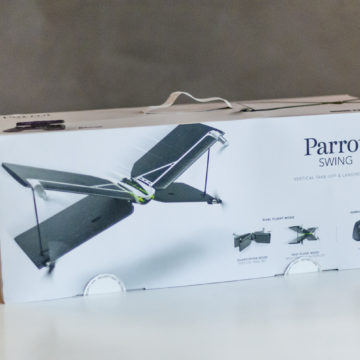
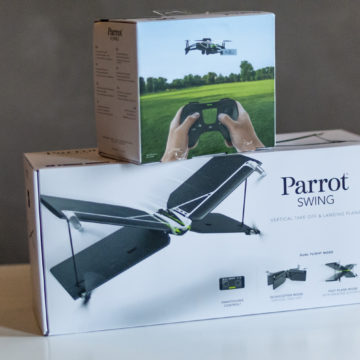
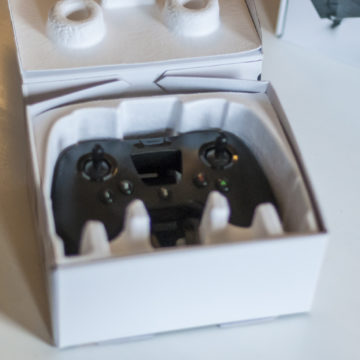
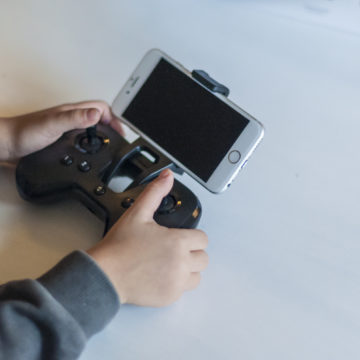
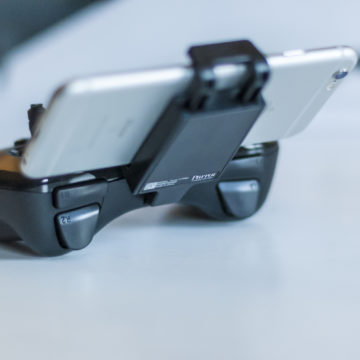
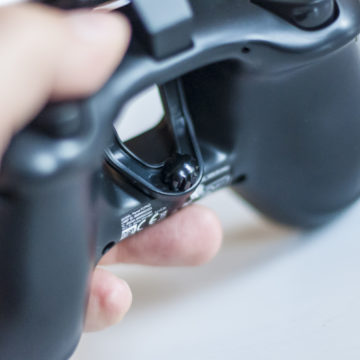
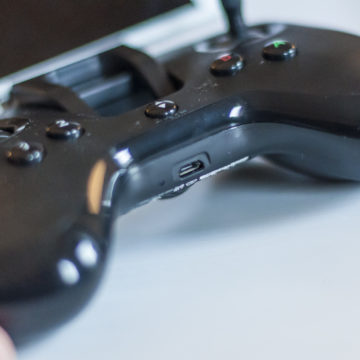
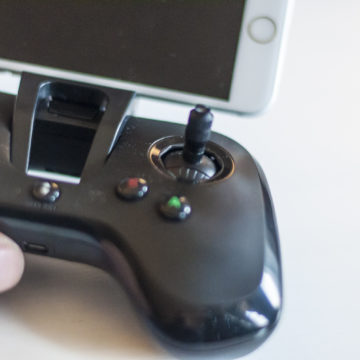
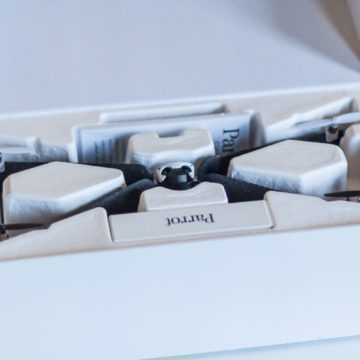
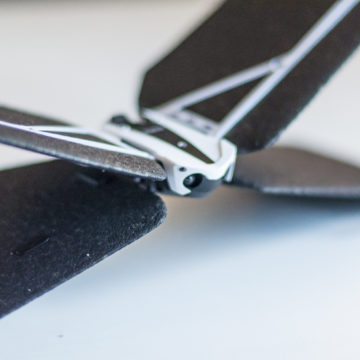
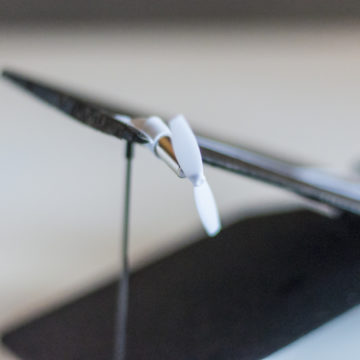
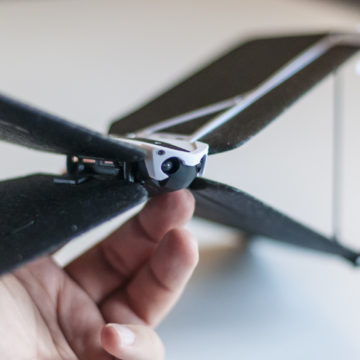
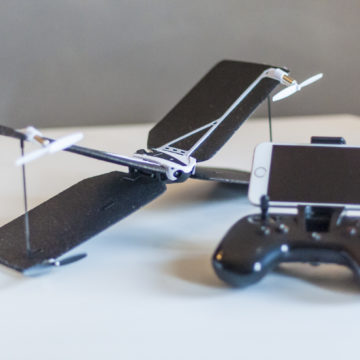
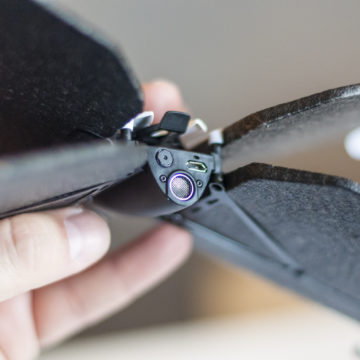
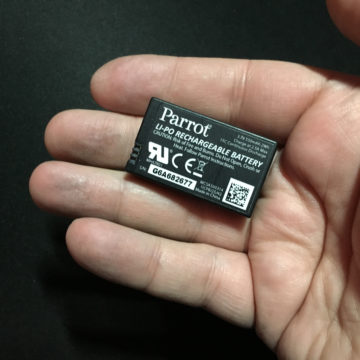
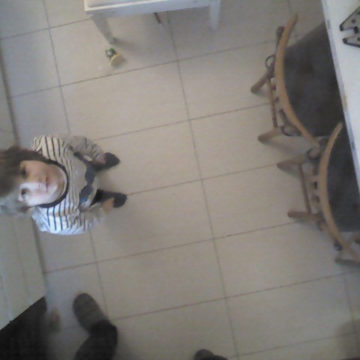 A screenshot (640 × 480 pixels) taken from the small camera at the bottom (here during the flight)
A screenshot (640 × 480 pixels) taken from the small camera at the bottom (here during the flight) 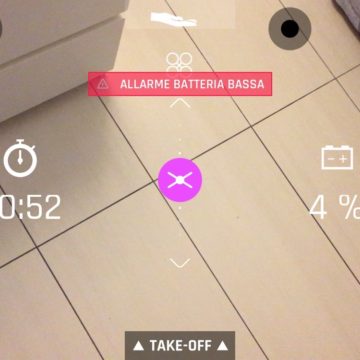
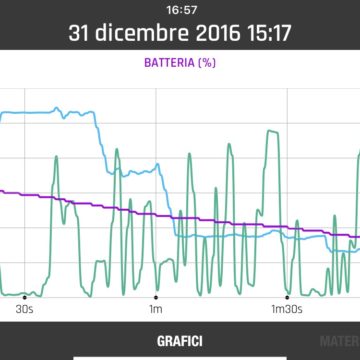
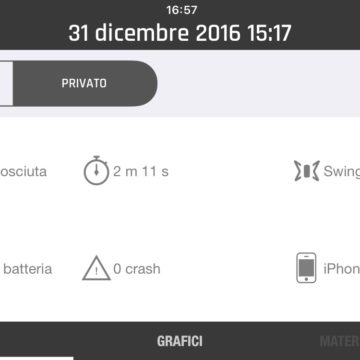


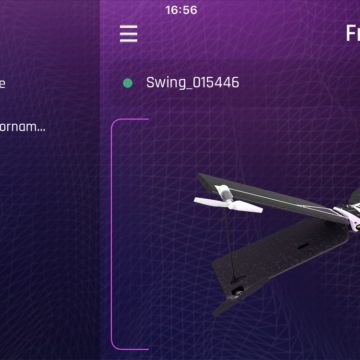

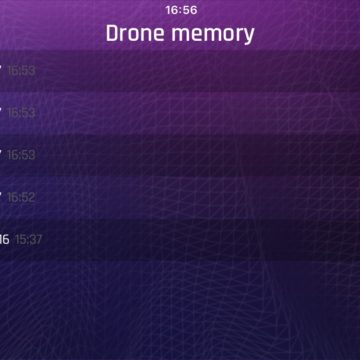
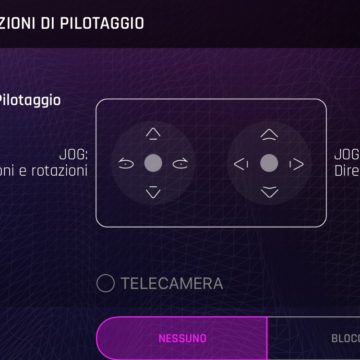
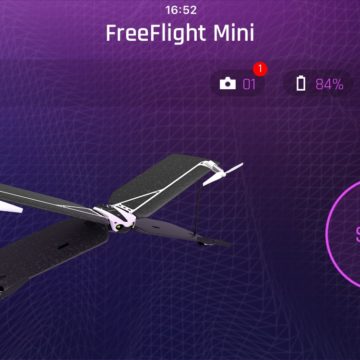
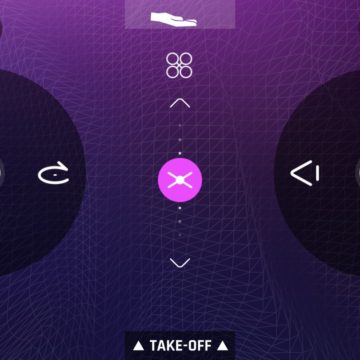
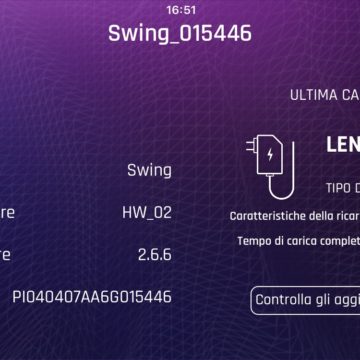
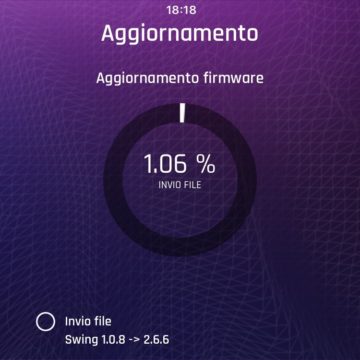
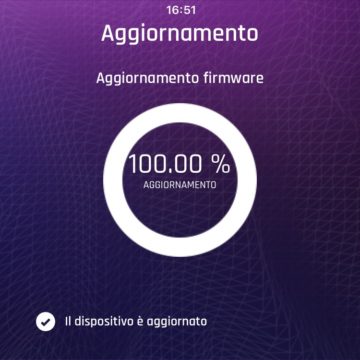
,,




